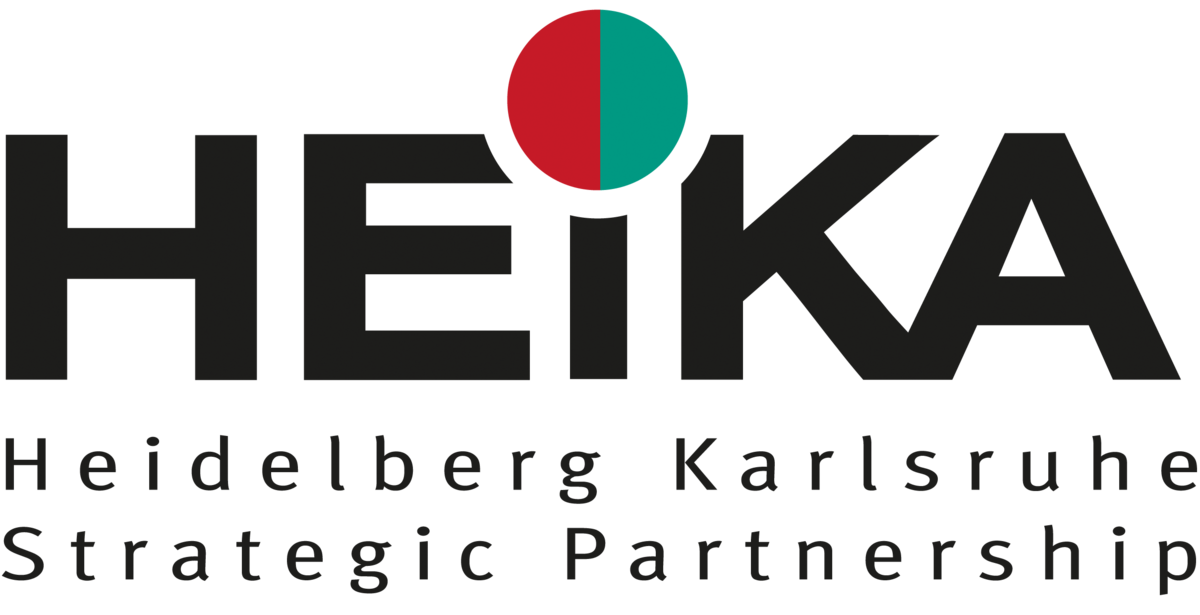Drawing the Future - Technical Images as an Element of Historical Technological Futures in Early Artificial Intelligence
- contact:
Friederike Elias
- project group:
HEiKAexplore research bridge 2019/2020: "Autonomous systems in the area of tension between law, ethics, technology and culture"
- funding:
HeiKa - Heidelberg Karlsruhe Strategic Partnership
- Partner:
Dr. Friederike Elias, Max-Weber-Institut für Soziologie, Universität Heidelberg
Drawing the Future - Technical Images as an Element of Historical Technological Futures in Early Artificial Intelligence
What practices do actors perform to exchange information about technology that has not yet been realized? One possibility, among others, is the medium of technical images. This can be observed particularly well in transitional periods in which a new key technology emerges as an ensemble of innovations. For program-controlled networked digital computers as precursors of autonomous systems, this can be studied between 1936 (Turing: "On computable numbers with an application to the decision problem") and 1965 (Moore: "Cramming More Components on Integrated Circuits" / Nelson: "A File Structure for the Complex, the Changing and the Indeterminate"). The project focuses on the early history of artificial intelligence in the FRG by Karl Steinbuch.
New technologies emerge over a long period of time, accompanied by unrealized alternative designs, forgotten design variants and failed misdevelopments. Technical developments are always embedded in historical patterns of interpretation, which also include the wishes and prohibitions, hopes and fears, the knowledge and the non-knowledge of a time. In this field of possibility, technology futures establish themselves as multiple interpretive patterns that guide design, decision-making, and development, and along which new technologies are communicated. These "technology futures" are negotiated at different times in different media. They make it possible to discuss, decide, and cooperate before a new technology is actually given.
What practices do actors use to exchange information about technology that has not yet been realized? How do they discuss open questions, negotiate basic attitudes, grasp possibilities, and assess risks if they cannot yet point to an artifact or refer to an empirical context of use?
One possibility among others (such as thought experiments, computational models or material models) is the medium of technical images. This special media format is neither an ornament nor a didactic prop for popularization purposes - and it is equally irreducible to a text that it illustratively accompanies. Rather, technical images represent an epistemic level of their own: machine sketches, flowcharts, infographics, or other special types of visual representations fall into this class in their heuristic function.
The use of technical images as a practice of designing and communicating technological futures can be observed particularly well in transitional periods in which a new key technology emerges as an ensemble of innovations. For the key technology of program-controlled (networked) digital computers as precursors of autonomous systems, this formative and explorative period of emergence can be reasonably placed between 1936 (Turing: "On computable numbers with an application to the decision problem") and 1965 (Moore: "Cramming More Components on Integrated Circuits" / Nelson: "A File Structure for the Complex, the Changing and the Indeterminate"). Symbol (re)combinatorial algorithms (Dartmouth Group) had to be theoretically mediated with cybernetic control models (Macy Group/Ratio Club); organizational and design principles (e.g. centralized mainframe/decentralized personal computers, software control/hardwire, institutional ownership/private ownership or artificial language parsers/graphical interface design) had to be negotiated. Karl Steinbuch's work in Karlsruhe falls within this formative phase. His contribution to the development of a core innovation (learning matrix) of machine learning is a central anchor of this research project.
The investigation of technical images as a strategy for the genesis, mediation, negotiation, and dissemination of knowledge, points - especially in current philosophical theory formation - to a dimension of no small explosiveness even beyond the boundaries of the discipline: A central method of contemporary philosophy is logical analysis or the procedure of reducing a text to its propositional content. In addition to thought experiments or metaphorical narratives, this procedure therefore usually ignores the visual elements that accompany what is written, even though diagrams or infographics are supporting elements of historical cognitive processes: Thus, there is not only a "grammar" of language, but also a "slide grammar" of signs and drawings (Krämer 2016: "Figuration, Anschauung, Erkenntnis"). Both support, enable and "carry" our thinking.
Analogous to the history of science, technology, and art, which has been intensively researching the technical image since the 1990s, these approaches are now to be integrated into the philosophical-scientific discussion - at the same time with the aim of making them likewise manageable for methodologically sound sociological research accompanying current innovation processes.
Within the framework of the HEiKAexplore bridge "Autonomous Systems at the Crossroads of Law, Ethics, Technology and Culture", the project is intended to contribute to the preparation of a collaborative project (among others) between Heidelberg and Karlsruhe and to help structure the thematic complex "Artificial Intelligence from the Perspective of the Humanities, Cultural Studies and Social Sciences".
Cooperation:
Prof. Dr. Marcus Popplow, Institute for Technology Futures - Department of History, KIT
Dr. Friederike Elias, Max Weber Institute for Sociology, University of Heidelberg
Project Coordinator: Christian Vater, M.A., Institute for Prospective Technological Studies - Department of History, KIT

